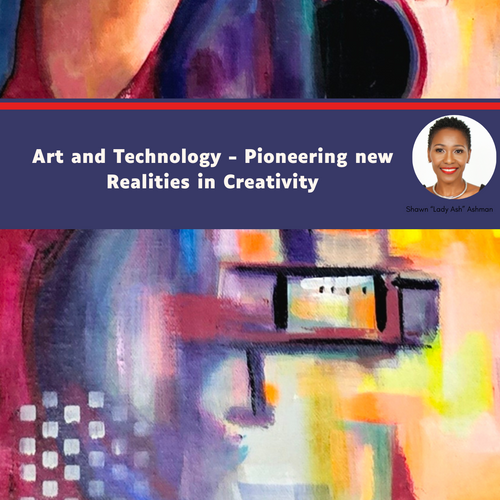Art and technology have long shaped and continue to redefine the world we live in. As both evolve, they push the boundaries of what we know to be real, expanding our understanding of nature, existence, and human connection. With each breakthrough in both realms, perceptions shift—allowing new creative spaces to emerge, governed by innovative rules. As digital art, virtual experiences, and technological advancements become more embedded in daily life, they challenge our view of reality in profound ways. If creative works reflect the spirit of the times, we must acknowledge the growing wave of contemporary artists whose practices are driven by ephemeral, intangible concepts.
Art is not just shifting in form but in how it is experienced, particularly as museums and exhibition spaces adapt to new public engagement models. The blending of art and technology, through mediums like digital art, kinetic sculptures, and virtual installations, is reshaping the traditional boundaries of what defines art itself. Works once limited to the world of science fiction are now a part of our everyday reality, shaping the way we interact with the world.
The Rise of Digital Art Digital art has skyrocketed in popularity, with projections showing that the global digital art market will reach $14 billion by 2027, growing at a rate of over 22%. This growth reflects a significant shift in how artists are using digital tools to reach audiences. From virtual reality experiences that immerse audiences in alternate worlds to augmented reality that adds layers of art to the physical realm, the possibilities for artistic expression are expanding rapidly.
Cultural institutions are catching up with this shift, with 78% of museums now offering online exhibitions or virtual tours, democratizing access to art and broadening the reach of artists. These digital spaces allow for more conversations about art's intangible, transient qualities and create new opportunities for engagement.
Kinetic Art and Public Interaction Kinetic art is experiencing a revival, with interactive installations drawing larger audiences and inviting greater participation. Research shows that installations involving audience interaction can boost visitor engagement by 50%. This shift emphasizes collaboration and co-creation, enhancing the art experience in the digital age.
Sound art is also pushing boundaries, with artists like Ryoji Ikeda and Christina Kubisch leading the way. By using sound as a medium, they challenge the traditional concept of auditory perception, inviting audiences to experience art in new and innovative ways.
The Internet as a Canvas The internet is now a central platform for contemporary art. With the rise of NFTs (non-fungible tokens), digital artists are creating works that exist solely online, exploring new ownership and revenue models. In 2021, the NFT market grew to $41 billion, signifying a new wave of artistic expression driven by digital technology.
As artists embrace digital tools like data, pixels, and algorithms, they challenge traditional concepts of creativity and value. This shift mirrors societal changes, as younger generations prioritize experiences and fleeting moments over material possessions, fueling the growth of the "experience economy."
Conclusion: Embracing New Realities As the relationship between art and technology continues to evolve, we must stay open to the infinite possibilities this intersection offers. These new artistic mediums challenge our definitions of creativity, engagement, and reality, offering a future where art is not only something to view but something to interact with and experience.
The ongoing dialogue between art and technology pushes us to rethink our place in this ever-changing landscape. By embracing this fusion, we open ourselves to discovering how deeply the convergence of art and technology can reflect our shared humanity.

